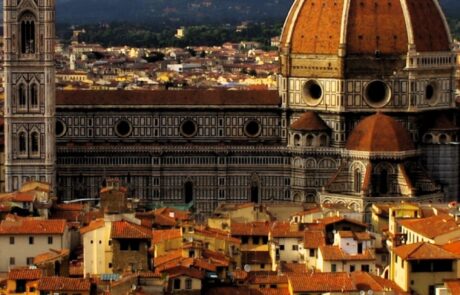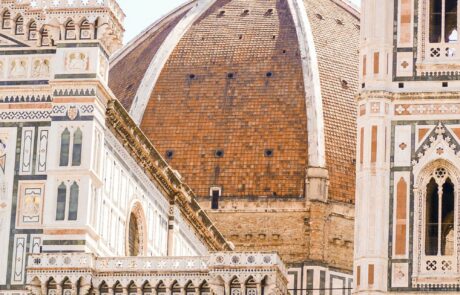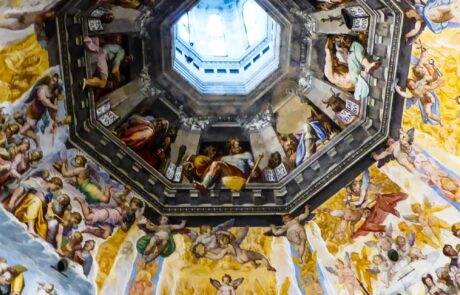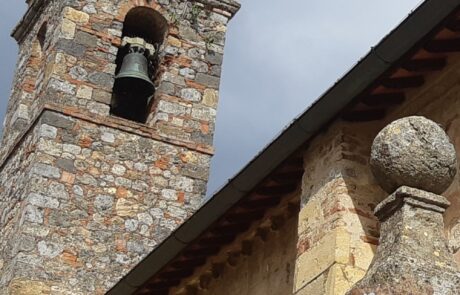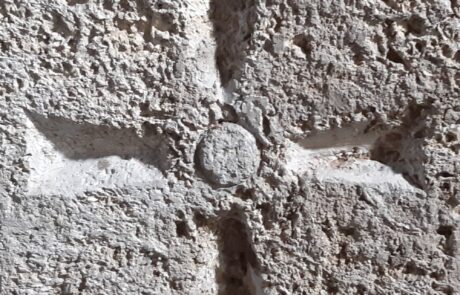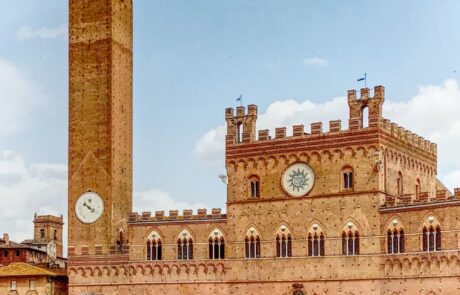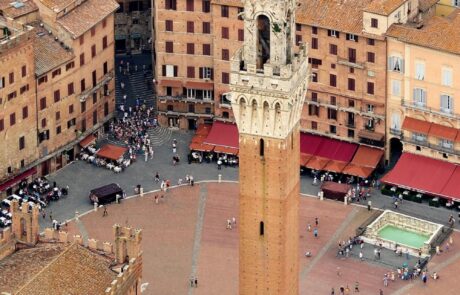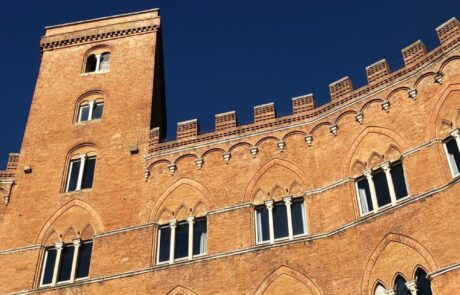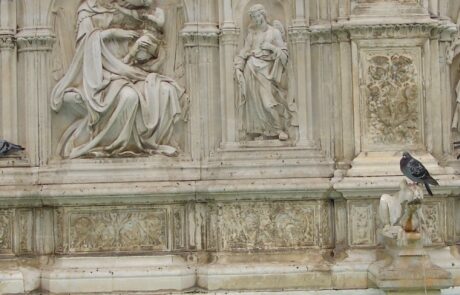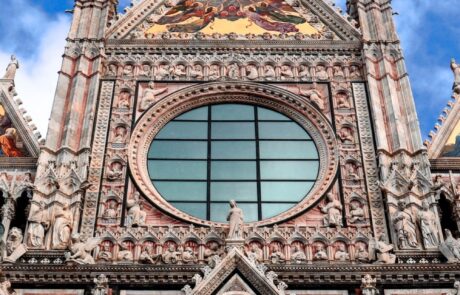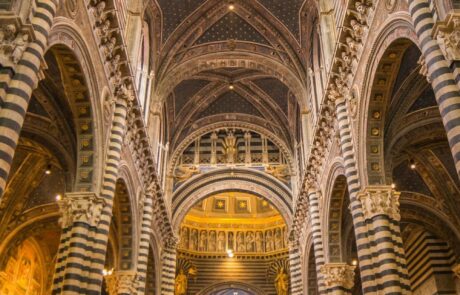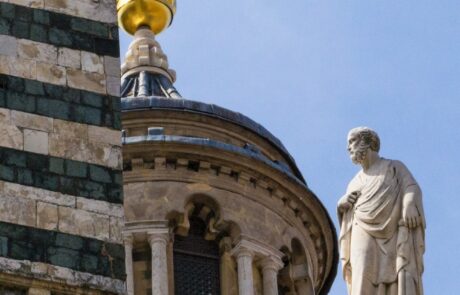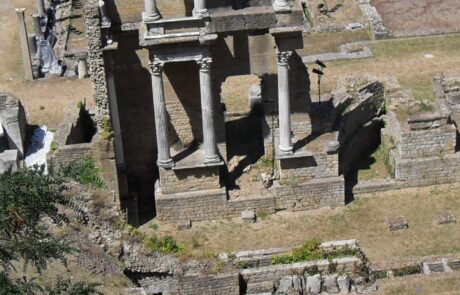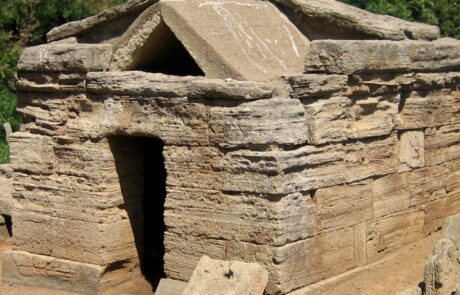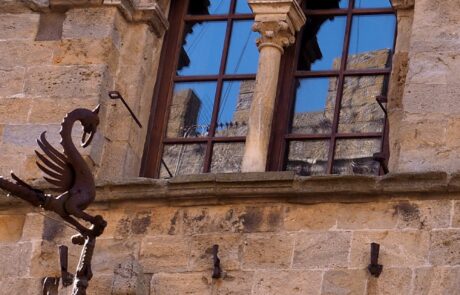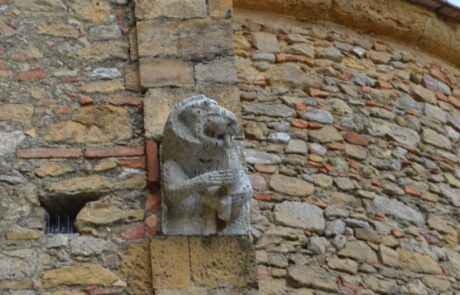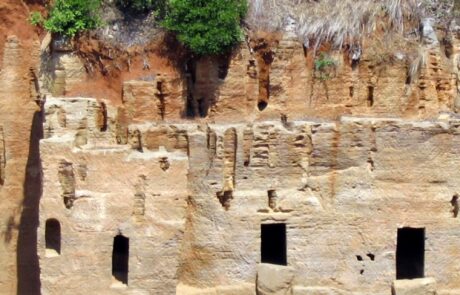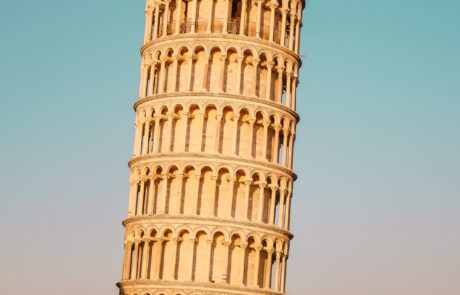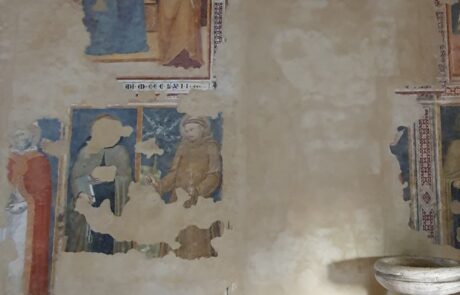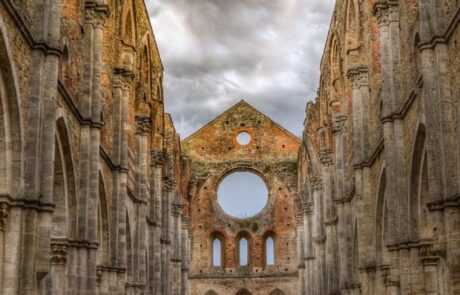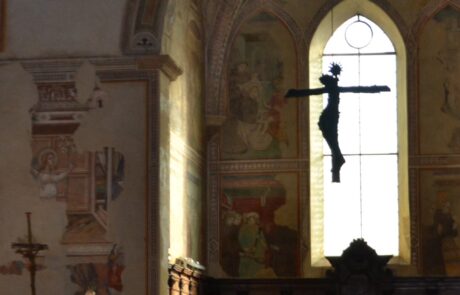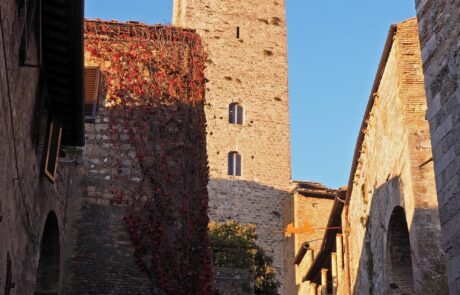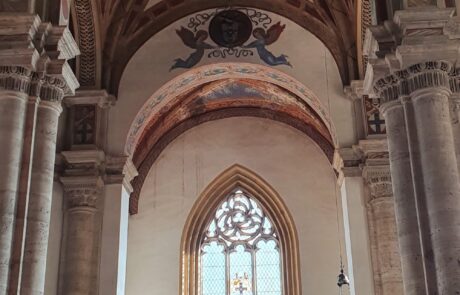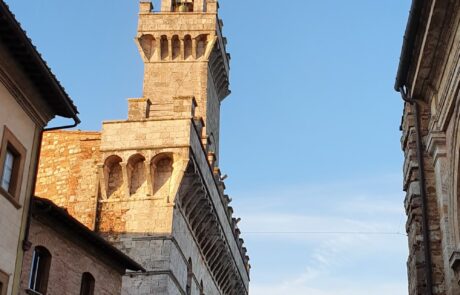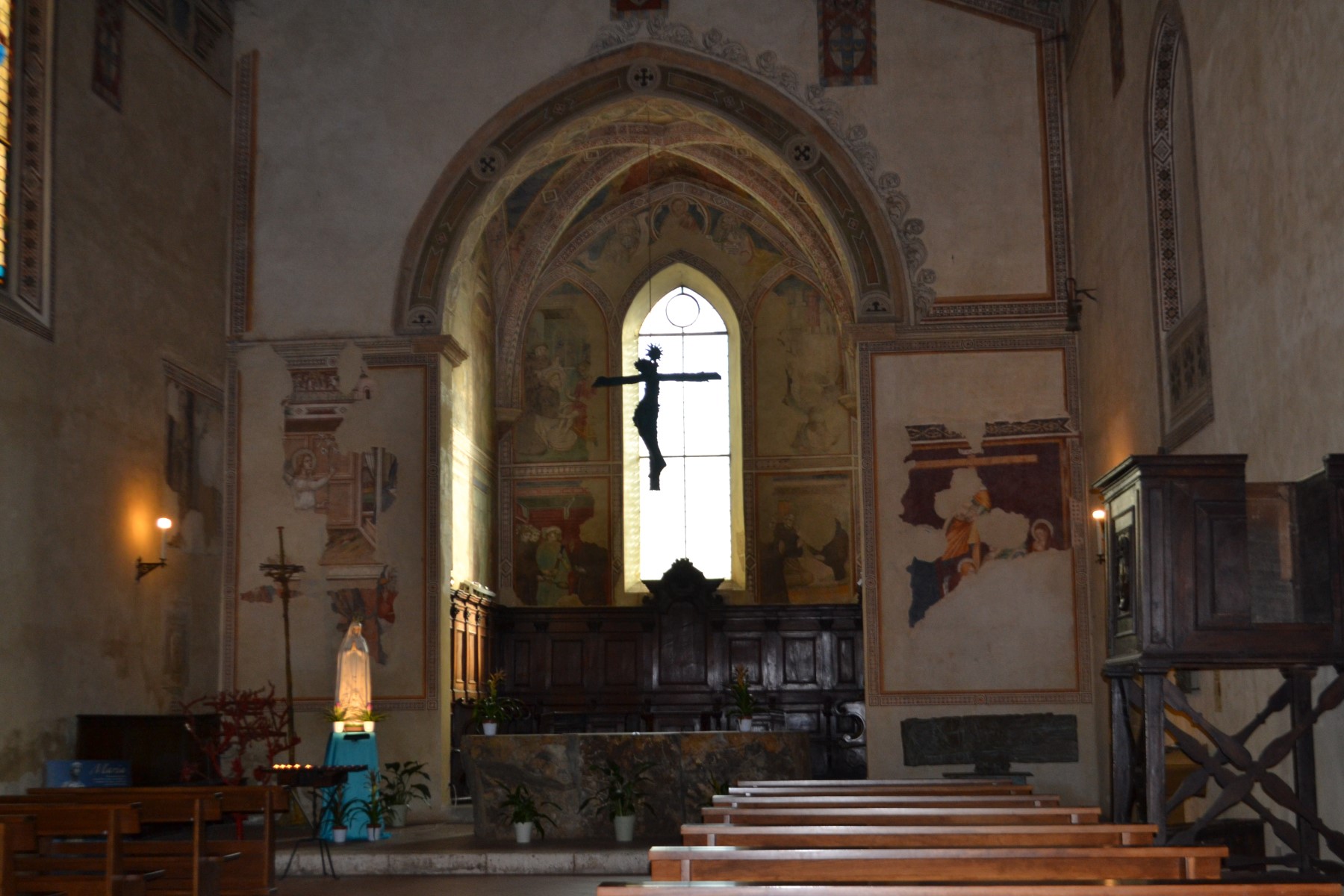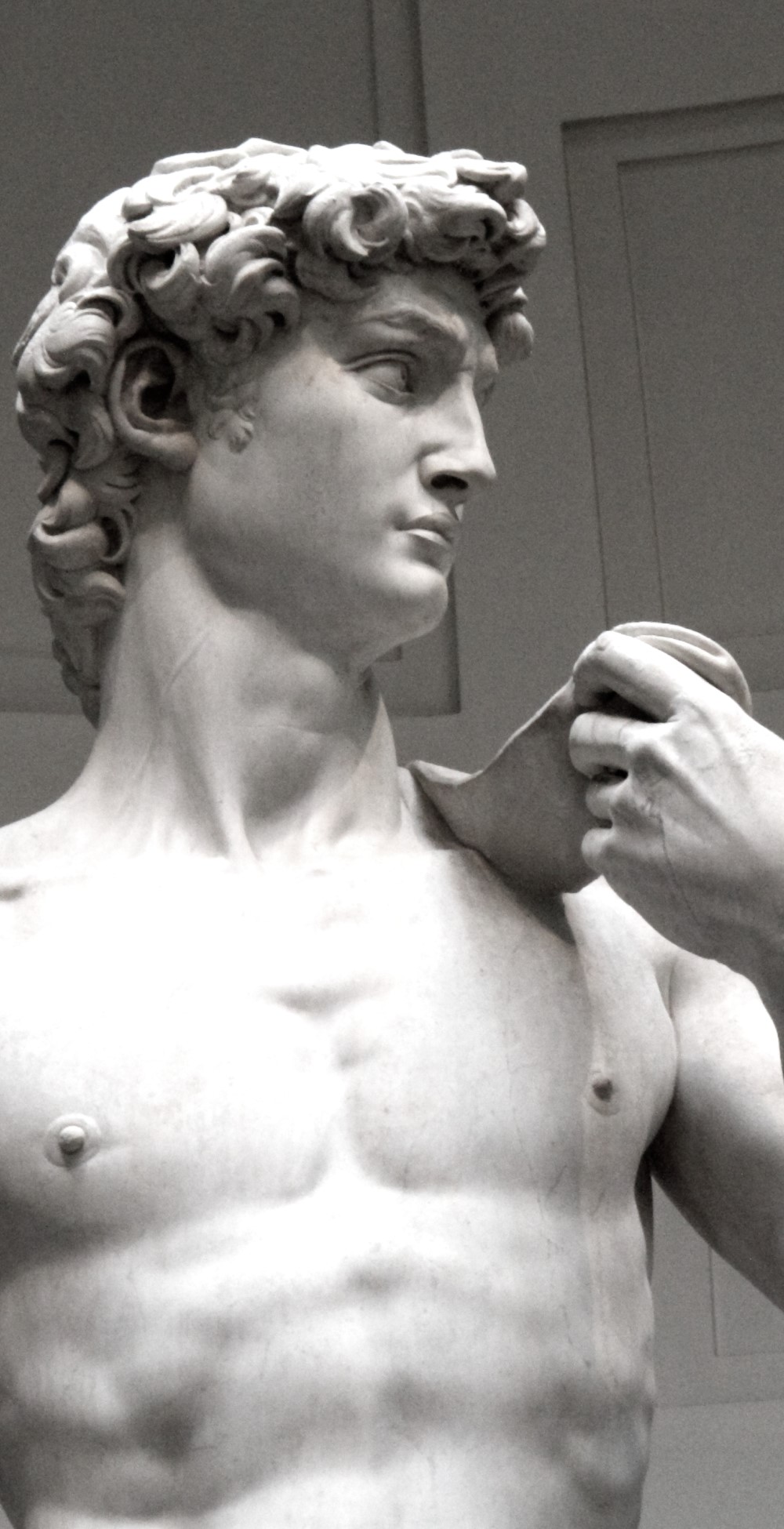
Things to see in Tuscany / Italy
When it comes to things to see on holiday, Italy is a treasure trove. Because about half of the world’s cultural heritage items are in Italy. A third of them in Tuscany. Such an accumulation of things to see in art and culture cannot be found anywhere else. In fact, in Florence during the Middle Ages the Medici invented art patronage. As a result, the city on the Arno blossomed into the art metropolis par excellence. For example, here you find Michelangelo’s David and Brunelleschi’s dome (UNESCO World Heritage Site). The Florentine Gallerie degli Uffizi belong to the most important art museums in the world. Lovely Siena gives you a feeling of how life was like in the Middle Ages. Undoubtedly, Siena’s Piazza del Campo is the most beautiful square on earth. Moreover, there is scientist Galileo Galilei, who is said to have carried out his experiments on gravitation on the Leaning Tower of Pisa.
Cultural things to see in Italy
Tuscany is a true explorer’s paradise for lovers of culture. Indeed, the mentioned world-famous spots are by no means all that Tuscany has to offer. Rather, art and history are omnipresent here. Especially the smaller sights, which are not on everybody’s things to see list, are those which make the heart beat faster. Churches, faded frescoes, city walls and palazzi catapult visitors back in time. Here you will understand that history is too dynamic and exciting to be boring. When exploring an abandoned Etruscan tomb in the maquis near Agriturismo Podere Palazzone, even the most reluctant one will turn into an enthusiast historian.
Our tips on things to see
In 2015, a Roman amphitheatre was found in Volterra. Nothing like it had been discovered in Italy for over a hundred years. In addition, the Romans left a theatre and a thermal bath in Volterra. As volunteer archaeologists, we took part in a small part of the more recent excavations there. If you want to share our enthusiasm for the history of Tuscany, we will be happy to give you background information and tips on things to see that deserve your special attention. And the fascinating thing about it: History is like fashion; everything is somehow déjà vu.
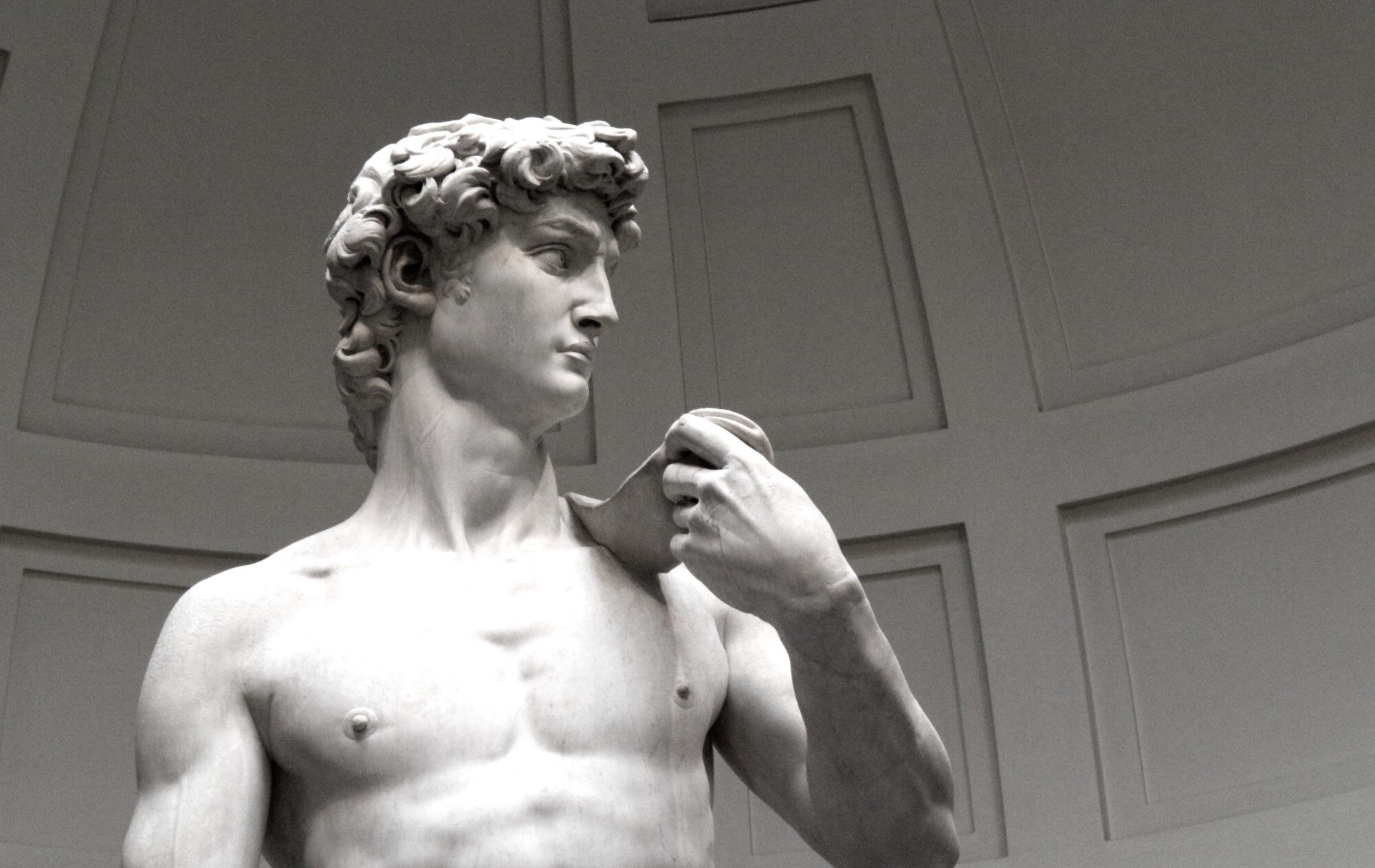
Things to see in Tuscany / Italy
Tuscany, the cradle of culture
When it comes to things to see on holiday, Italy is a treasure trove. Because about half of the world’s cultural heritage items are in Italy. A third of them in Tuscany. Such an accumulation of things to see in art and culture cannot be found anywhere else. In fact, in Florence during the Middle Ages the Medici invented art patronage. As a result, the city on the Arno blossomed into the art metropolis par excellence. For example, here you find Michelangelo’s David and Brunelleschi’s dome (UNESCO World Heritage Site). The Florentine Gallerie degli Uffizi belong to the most important art museums in the world. Lovely Siena gives you a feeling of how life was like in the Middle Ages. Undoubtedly, Siena’s Piazza del Campo is the most beautiful square on earth. Moreover, there is scientist Galileo Galilei, who is said to have carried out his experiments on gravitation on the Leaning Tower of Pisa.
Cultural things to see in Italy
Tuscany is a true explorer’s paradise for lovers of culture. Indeed, the mentioned world-famous spots are by no means all that Tuscany has to offer. Rather, art and history are omnipresent here. Especially the smaller sights, which are not on everybody’s things to see list, are those which make the heart beat faster. Churches, faded frescoes, city walls and palazzi catapult visitors back in time. Here you will understand that history is too dynamic and exciting to be boring. When exploring an abandoned Etruscan tomb in the maquis near Agriturismo Podere Palazzone, even the most reluctant one will turn into an enthusiast historian.
Our tips on things to see
In 2015, a Roman amphitheatre was found in Volterra. Nothing like it had been discovered in Italy for over a hundred years. In addition, the Romans left a theatre and a thermal bath in Volterra. As volunteer archaeologists, we took part in a small part of the more recent excavations there. If you want to share our enthusiasm for the history of Tuscany, we will be happy to give you background information and tips on things to see that deserve your special attention. And the fascinating thing about it: History is like fashion; everything is somehow déjà vu.
- The Etruscans, Italy’s first advanced civilisation. -
The Etruscans left quite a number of things to see to Volterra and its surroundings. Their beginnings date back almost 3.000 years. One of their twelve city-states was Volterra, the Tuscan town we look on from our infinity pool. Its wealth was based on the metallic resources of the Colline Metallifere, on salt production in Saline di Volterra, on the timber industry as well as pottery. Volterra is the only one of these twelve city-states where life today still takes place exactly where it did 3.000 years ago. Indeed, if you stroll through Volterra today, you walk over the same places as an Etruscan did back then. Maybe, that’s why the breath of antiquity is particularly palpable in Volterra.
The Etruscans are often portrayed as luxury-loving aesthetes. But of course, this is only part of the truth. On one hand, they loved good food, music, and jewellery. On the other hand, they were excellent sailors, well-travelled traders, and brave soldiers. In many ways, the culture of the Etruscans is not so far from our current ideas. Men and women, for example, dined together, which was not a matter of course at the time. Indeed, the Romans considered this to be decadent.
Also, while the art of the Romans aimed at glorifying the Roman Empire through amazingly detailed reproductions of reality, for the Etruscans art was the expression of a personal idea. This is how the famous statue Ombra della Sera from the Etruscan Museum of Volterra or the horse statue in the logo of the Podere Palazzone are to be interpreted.
The religion of the Etruscans was a natural religion in which priests could derive predictions from lightning, from the flight of birds or from the sighting of a liver. Surely, this tendency to believe in nature has survived in Tuscany to this day and explains the deep-rooted belief in mythical creatures and the paranormal. For instance, in some places prophecies are still formulated on the basis of distribution of oil drops in a water bowl. Also, at the nearby Masso delle Fanciulle, according to legend, drowned maidens rise from the river. This is the place we visit on our ride outs just 2 hours from holiday home Podere Palazzone. In addition, unspecified beings are said to be floating around in the abandoned Casa Stregata on the outskirts of Pomarance.




